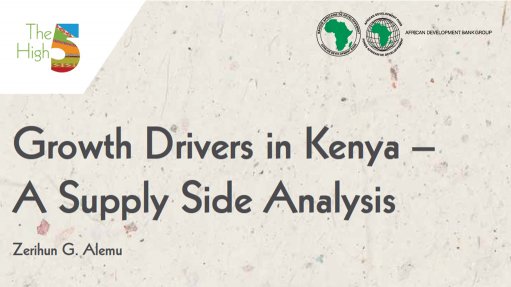
We empirically assess the drivers of output growth in Kenya using a Cobb-Douglas production function within a growth accounting framework. Our results show, contrary to earlier studies that the contribution of productivity growth to output growth has increased in recent years.
This is attributable, among other factors, to reforms in the governance spaces (i.e., political, economic, and social). The results are robust to the use of alternative estimates on the share of capital in total output. We also find that the contribution of factor accumulation declined, not due to the workings of diminishing returns, as such (as Kenya is a capital scarce economy), but rather due to a decline in capital deepening.
This suggests that additional room exists to further propel output growth by increasing physical capital. Furthermore, we find the contribution of human capital to output growth has declined (although not at the same rate as physical capital), thus partly contributing to the jobless growth.
This situation is owing to unfavorable labour market dynamics, among other factors. An implication would be that the contribution of human capital to output growth could be enhanced by: (i) dealing with labour market rigidities through labour policy reforms, (ii) increasing employment elasticity by supporting the movement of labour from low to high labour-productivity sectors and directing investments toward sectors with higher labour absorptive capacity, and (iii) empowering the unemployed and new entrants into the labour market through human capital and entrepreneurship development.
Report by the AfDB